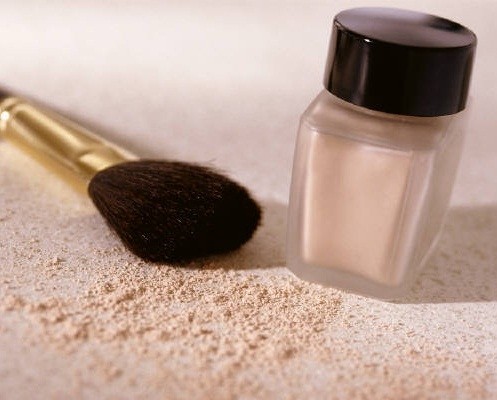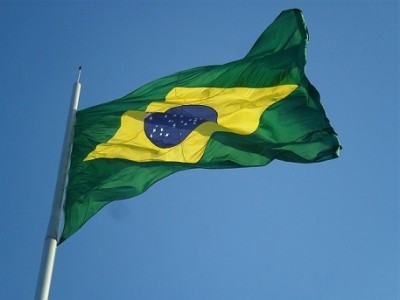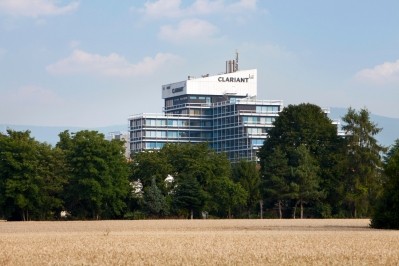Will cosmetics manufacturers pay more for pigments?

The business intelligence firm is circulating its latest report on Purchasing Pigments: Procurement Category Market Research Report. The report looks closely at dry-powder pigments and does not include liquid dyes.
Negotiation power
IBISWorld describes buyers’ opportunity to negotiate in the current pigment market as moderate. Price volatility and increasing material expenses offset low market share concentration and low product specialization, according to the intelligence publisher. “This trend is expected to continue in the three years to 2017, further reducing buyers' ability to negotiate favorable prices and contract terms,” said IBISWorld business research analyst Jesse Chiang.
But it’s not all bad news for pigment buyers. The supply side of the pigment market is quite competitive, according to the report. And buyers can often choose to work with any supplier. “These factors improve buyers' ability to negotiate lower prices,” noted IBISWorld.
Color on demand
Growing demand from beauty product manufacturers (as well as manufacturers in other industries) has contributed to the price increases in the pigment market.
“As the industrial production index and the value of construction have risen, buyers in these sectors have required more pigments, boosting demand and fostering price growth,” explained IBISWorld in a statement to the press.
Production input
This particular market is closely related to the markets preceding it in the supply chain. “Inputs to pigment production, including nonferrous metal ores, fluctuate greatly,” observed IBISWorld. That instability can result in price spikes that align to changes in the price of production inputs.
So, it’s recommended that “when possible, buyers should try to negotiate set pricing terms to prevent unexpected price increases,” said Chiang.
Suppliers
The Purchasing Pigments report incorporates intelligence on several industry vendors, such as BASF and Clariant International.
Early this year BASF announced a new pigment collection for the beauty industry that reflects cultural tendencies of the moment and foreshadows the upcoming 2016 color trends. That collection comprises 4 color groups, designated Color Full, Ancient Wisdom, Woman of Power and Third Act, as Cosmetics Design reported.
“Our new collection is a journey through next year’s beauty trends,” remarked Valérie Pian-Parison, marketing manager for the BASF personal care business. “We expect these trends to spark innovation, ignite the creativity of our customers and inspire them as they create their new product lines for 2016.”














